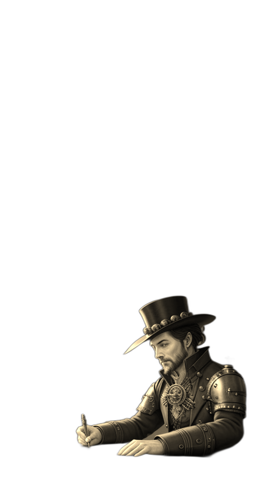Content strategy
Narratives Drive Meaning
The Power of a Story
The Neighbours Dog
Sarah had just moved into her new home in a quiet suburban neighbourhood. She was excited about the peaceful environment, perfect for working from home. However, within a week, she noticed a problem: the neighbour’s dog.
Every day, without fail, the large German Shepherd in the yard next door would bark incessantly from morning until evening. The noise was driving Sarah crazy, making it impossible for her to concentrate on her work or enjoy her new home.
Sarah became increasingly frustrated and angry with her neighbor, Mr. Johnson. “How inconsiderate can someone be?” she thought. “Leaving their dog outside all day to bark and disturb everyone.” She imagined Mr. Johnson as a negligent pet owner who didn’t care about his dog or his neighbors’ peace.
After two weeks of constant barking, Sarah decided to confront Mr. Johnson. She marched up to his door, prepared to give him a piece of her mind.
Mr. Johnson, a man in his sixties, answered the door. Before Sarah could speak, she noticed his red-rimmed eyes and tired expression. He invited her in, and that’s when everything changed.
Mr. Johnson explained that his wife of 40 years had passed away just a month ago. The dog, Max, had been her constant companion.
Since her death, Max had been inconsolable, barking for his missing owner. Mr. Johnson had been taking time off work to be with Max, trying to comfort him and help him adjust.
“I’m so sorry about the noise,” Mr. Johnson said, his voice breaking. “I’ve been trying everything to calm him down. I know it must be difficult for the neighbors, but I’m at a loss. Max misses her as much as I do.”
Sarah’s anger melted away instantly. She felt a wave of empathy for both Mr. Johnson and Max. What she had interpreted as negligence was actually a story of grief and love.
From that day on, Sarah’s perspective completely changed.
Sarah offered to help Mr. Johnson with Max, taking the dog for walks and keeping him company. Over time, Max’s barking decreased, and Sarah found herself with not just a quieter neighborhood, but also a new friend in Mr. Johnson and a loving canine companion in Max.
This story demonstrates how our initial judgments, often based on limited information, can be entirely upended when we learn more about a situation. It reminds us of the importance of empathy, understanding and the power of stories to deliver that experience.
At The Online Marketer our newsletter product MailJam delivers that experience for many of our clients with hardly any effort on the clients part.

| Thank you for Signing Up |


Digitally First but Physically Enhanced
The Online Business Model has usurped the Physical Business Presence as the primary business presence. Physical businesses now support the online versions.
This transitioning has been fraught with difficulty but has been terribly exciting. Successful transients are alive with possibilities…
Narratives drive meaning Read More »
Content Creation
